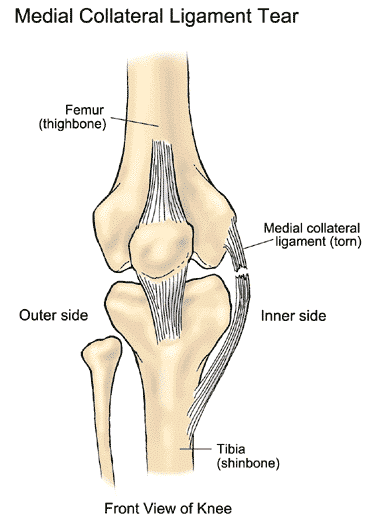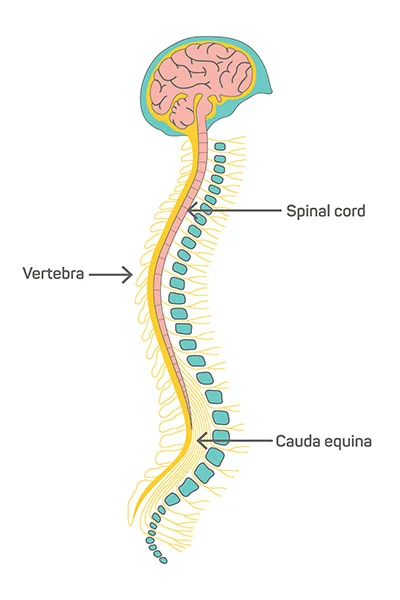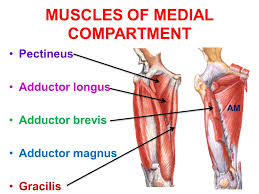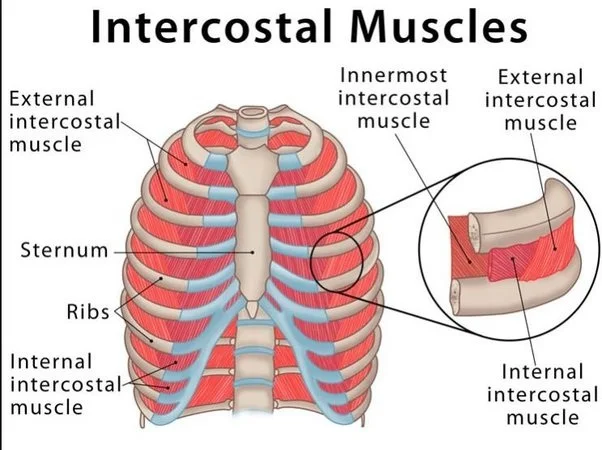Antidiuretic Hormone (ADH)
Table of Contents
What is an Antidiuretic Hormone (ADH)?
Antidiuretic hormone (ADH), also known as vasopressin, is a peptide hormone produced by the hypothalamus and released from the posterior pituitary gland. Its primary function is to regulate the body’s retention of water, helping to maintain the body’s water balance and prevent dehydration.
- Vasopressin is a nonapeptide generated in the hypothalamus. It is also known as ADH or arginine vasopressin (AVP). It is recognized to perform critical functions in the body’s osmotic balance, blood pressure management, salt homeostasis, and renal function.
- ADH is a hormone that aids your kidneys in controlling the quantity of water in your body. The ADH test measures the concentration of ADH in your blood. This test is frequently used in conjunction with other tests to determine what is causing too much or too little of this hormone to be present in the blood.
Introduction:
- ADH is often referred to as arginine vasopressin. It is a hormone generated by the hypothalamus in the brain and stored in the posterior pituitary gland. It instructs your kidneys on how much water to save.
- ADH controls and balances the amount of water in your blood. Higher water concentrations increase blood volume and pressure. To keep water metabolism going, osmotic sensors and baroreceptors collaborate with ADH.
- The hypothalamus’s osmotic sensors respond to the concentration of particles in your blood. These particles include sodium, potassium, chloride, and carbon dioxide molecules. When particle concentrations are out of balance or blood pressure is too low, these sensors and baroreceptors tell your kidneys to store or release water to keep these chemicals within a healthy range.
They also regulate your body’s thirst response.
The goal of ADH-level testing
ADH levels should be between 1 and 5 picograms per milliliter (pg/mL). Normal ranges can change slightly between laboratories. ADH levels that are either low or too high might be caused by a variety of issues.
ADH deficiency
- Excessive water consumption or low blood serum osmolality, which is the particle concentration in your blood, can induce too little ADH in your blood.
- ADH shortage is often caused by a rare water metabolism condition known as central diabetes insipidus. Central diabetes insipidus is characterized by a decrease in either ADH production by your hypothalamus or ADH release by your pituitary gland.
- Excessive urination, known as polyuria, is a common symptom, followed by intense thirst, known as polydipsia.
- People suffering from central diabetes insipidus are frequently exhausted since their sleep is regularly disrupted by the urge to urinate. Their urine is clear, odorless, and has an exceptionally low particle content.
- If left untreated, central diabetic insipidus can cause severe dehydration. Your body will be unable to function due to a lack of water.
- This condition is unrelated to diabetes, which alters the level of the hormone insulin in your blood.
Excess ADH
Syndrome of inappropriate ADH (SIADH) may be the source of too much ADH in your blood. If your illness is severe, you may experience a headache, nausea, or vomiting. Severe cases may result in coma and convulsions.
Increased ADH is linked to:
- Leukemia
- Lymphoma
- Lung cancer
- Pancreatic cancer
- Bladder cancer
- Brain cancer
- Systemic cancers that produce ADH
- Guillain-Barré syndrome
- Multiple sclerosis
- Epilepsy
- Acute intermittent porphyria is a hereditary condition that disrupts the formation of heme, which is a necessary component of blood
- Cystic fibrosis
- Emphysema
- Tuberculosis
- HIV
- AIDS
- Excess ADH can also be caused by dehydration, brain damage, or surgery.
Another extremely rare condition that may influence ADH levels is nephrogenic diabetes insipidus. There is adequate ADH in your blood if you have this illness, but your kidney cannot respond to it, resulting in very dilute urine. The symptoms are similar to those of central diabetes insipidus. They include excessive urine, known as polyuria, followed by intense thirst, known as polydipsia. Testing for this illness will most likely indicate normal or elevated ADH levels, allowing it to be distinguished from central diabetes insipidus.
Diabetes mellitus, which affects the level of insulin hormone in the blood, is not related to nephrogenic diabetes insipidus.
How the blood sample is collected
- A healthcare provider will take blood from your vein, which is normally located on the underside of your elbow. During this procedure, the following things happen:
- To kill bacteria, the location is first cleansed with an antiseptic.
An elastic band is put over your arm, just above the vein where the blood will be extracted. As a result, the vein swells with blood.
A needle syringe is carefully inserted into your vein by your healthcare provider. The syringe tube fills with blood. The needle is then removed when the tube is full.
To halt the bleeding, the elastic band is removed and the needle puncture site is wrapped with sterile gauze. - Many drugs and other substances can have an impact on ADH levels in the blood. Your doctor may advise you to avoid the following things before the test:
- Alcohol
- Clonidine, which is a blood pressure medication
- Diuretics
- Haloperidol, which is a medication used to treat psychotic and behavioral disorders
- Insulin
- lithium
- Morphine
- Nicotine
- Steroids
- Potential risks from undergoing an ADH test
- The uncommon risks of blood tests are:
- Excessive bleeding
- Fainting
- Lightheadedness
- Blood pooling under the skin (a hematoma)
- Infection at the puncture site
- Understanding your test results
- ADH levels that are abnormally high may indicate:
- A brain injury or trauma
- A brain tumor
- A brain infection
- A central nervous system infection or tumor
- A lung infection
- Small cell carcinoma lung cancer
- Fluid imbalance after surgery
- Syndrome of inappropriate ADH (SIADH)
- A stroke
- The extremely rare nephrogenic diabetic insipidus acute porphyria, which is quite uncommon
- ADH levels that are abnormally low may indicate:
- Pituitary damage
- Primary polydipsia
- Central diabetes insipidus, which is rare
Following up on the test results
- ADH testing alone is frequently insufficient to make a diagnosis. Your doctor will almost certainly need to run a battery of tests. The following tests may be conducted in conjunction with an ADH test:
- Anosmolality testing is a blood or urine test used to determine the concentration of dissolved particles in your blood serum and urine.
- An electrolyte screening is a blood test that determines the amount of electrolytes in your body, usually sodium or potassium.
- A water deprivation test analyses how frequently you urinate after a period of not drinking water.
FAQs
ADH is a brain chemical that induces the kidneys to release less water, lowering the volume of urine generated. When ADH levels are elevated, the body produces less urine. A low level causes more urine output.
Vasopressin (ADH), argipressin, desmopressin, lypressin, ornipressin, oxytocin, and terlipressin are all antidiuretic hormones. Other medications include chlorpropamide and carbamazepine.
Your body loses too much water in urine output if it does not make enough ADH or if your kidneys do not respond to it. Low ADH symptoms include Extreme thirst. Urination on a regular basis.
When ADH is present, it increases the production of water transport proteins in the late distal tubule and collecting duct, enhancing water reabsorption. Several illness disorders emerge when the body loses control of ADH secretion or responds to its presence.
The pituitary gland can also secrete antidiuretic hormone, or ADH. The hypothalamus produces it, and the pituitary gland stores it.
As a result, water reabsorption from the glomerular filtrate increases. When a person drinks a lot of water, the necessity for water absorption diminishes, and ADH release is reduced.
References:
- Cuzzo, B. 2023, August 14. Physiology, Vasopressin. StatPearls – NCBI Bookshelf. https://www.ncbi.nlm.nih.gov/books/NBK526069/#:~:text=Vasopressin%20or%20antidiuretic%20hormone%20(ADH,sodium%20homeostasis%2C%20and%20kidney%20functioning.
- Rice, S. C. 2018, September 29. Antidiuretic Hormone (ADH) Test. Healthline. https://www.healthline.com/health/adh.





